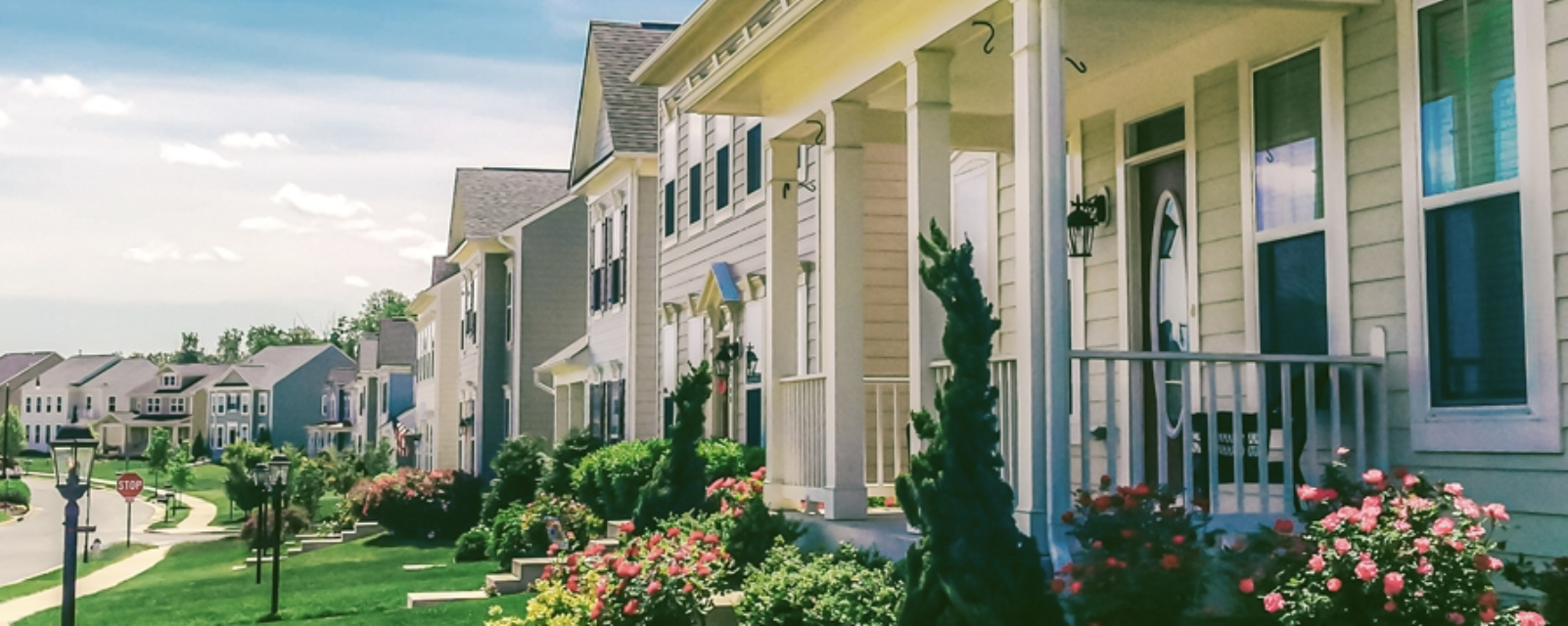With U.S. home prices sharply higher and mortgage rates rising, consumers and investors alike are wondering if the environment for housing is still constructive.
Home prices are on average almost 40% higher than before the pandemic.1 Mortgage rates have jumped over 200 basis points year to date, reducing purchasing power.2 Low affordability suggests that some home purchases may be deferred while some buyers will have to settle for less.
This environment begets the question: Will the U.S. housing market face a major reckoning, like it did in 2008?

Here are four key reasons that suggest the bottom will not fall out of the housing market:
1. Demand for housing is constant
Consumer sentiment surveys suggest it is a bad time to buy. However, what consumers say and what they do is often different. While demand may decline, it will not be erased. Life changes still necessitate home buying. And with high occupancy rates and rising rents, rentals are not an attractive alternative.
2. A repeat of the Global Financial Crisis is unlikely
To improve affordability, increasing the availability of credit by loosening standards is likely. However, it’s unlikely we will see a repeat of pre-Global Financial Crisis affordability products that helped create the housing crisis, such as adjustable-rate mortgages (ARMs) with low teaser rates or pay-option ARMs.
3. Tight supply may offset declining demand
Housing volumes are likely to fall substantially, a trend we are currently experiencing. But we expect the effect that declining demand will have on home prices will be partially mitigated by tight supply. While tight supply may ease in the near term, estimates indicate a shortage of three to seven million homes nationally, and new home building is insufficient to close this gap quickly. In part, homebuilders are reluctant to sell unbuilt houses, given inflation in materials and labor could cut into margins. Another factor expected to weigh on supply is the lock-in effect. The average homeowner’s mortgage rate is almost two and a half percent below the prevailing rates — discouraging those hoping to move.
4. Existing borrowers are in strong condition
While the situation for house hunters is challenging, existing borrowers are generally in good shape. Unlike during pre-Global Financial Crisis conditions, over 90% of borrowers have fixed rates.3 About two-thirds of the mortgage market has turned over since the start of the pandemic, with some of the tightest and most conservative underwriting standards in history, as well as some of the lowest interest rates.4 In addition, existing homeowners generally have significant equity in their homes. This means a spike in the supply from bank foreclosures is unlikely.
Will the bottom fall out?
Supply and demand drive the housing market, and affordability is critical for new and existing homebuyers. That said, as a result of these supportive supply and borrower credit factors, the bottom is not likely to fall out of the housing market. While it’s unknown if the economy will have a hard or a soft landing, supply and demand dynamics will likely result in flat to moderate home price appreciation, with modest home price depreciation a possible scenario in the event of a recession.

 Facebook
Facebook
 X
X
 Pinterest
Pinterest
 Copy Link
Copy Link



